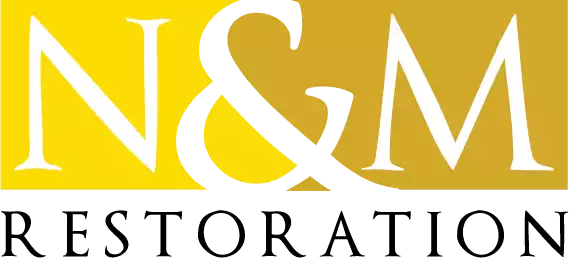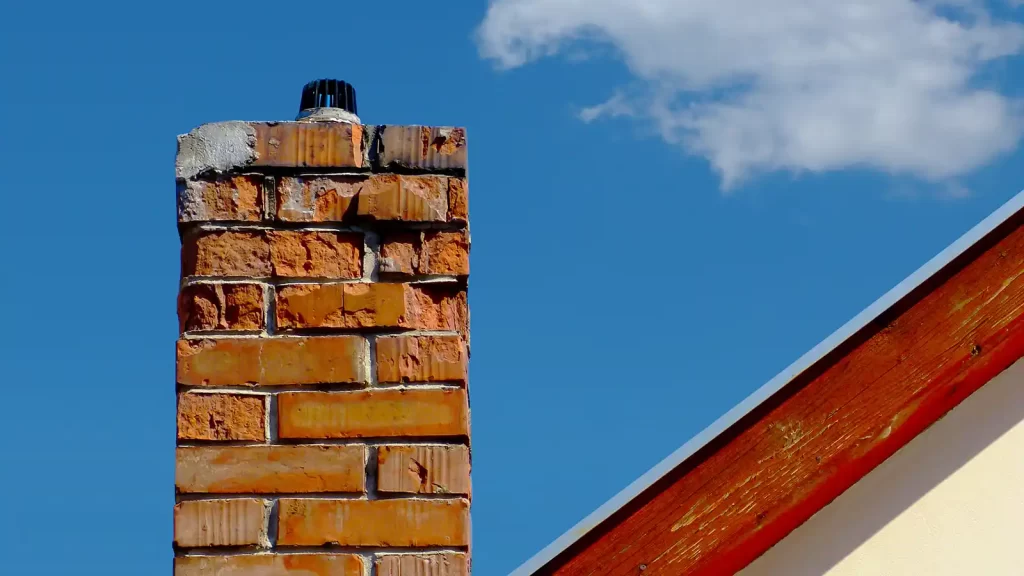
Importance of Annual Inspections And Chimney Maintenance
Now that we’ve established that fall is the ideal time for chimney maintenance, let’s dive deeper into why annual inspections are crucial. Your chimney, despite being a robust structure, undergoes significant wear and tear over time. The combustion process, exposure to the elements, and the accumulation of creosote can all take their toll. That’s why regular inspections are essential.
Annual Chimney Maintenance and Repair Inspections Serve Several Vital Purposes
- Safety Assurance: The most critical aspect of chimney maintenance is safety. A neglected chimney can become a safety hazard due to creosote buildup, blockages, or structural damage. An annual inspection by a certified chimney sweep ensures that any potential safety issues are identified and addressed promptly. It helps prevent chimney fires, carbon monoxide leaks, and other dangerous situations.
- Efficiency Optimization: A well-maintained chimney operates more efficiently. When there is creosote buildup or blockages, your chimney’s ability to vent smoke and gases from your fireplace or heating appliance is compromised. This reduced efficiency can lead to poor indoor air quality, increased energy consumption, and even respiratory issues for occupants. Regular inspections and cleanings ensure that your chimney functions at its best.
- Preventing Costly Repairs: Small issues, if left unattended, can escalate into major and expensive problems. An annual inspection allows professionals to catch minor concerns before they become significant repairs. Addressing issues early can save you a considerable amount of money in the long run.
- Prolonging Chimney Lifespan: Like any other part of your home, your chimney has a lifespan. Proper maintenance, including annual inspections, can significantly extend its longevity. A well-maintained chimney can last for decades, providing warmth and comfort to your home.
What causes most chimney deterioration? Several factors contribute to chimney deterioration. One of the major factors is water damage. Chimneys are often exposed to rain, snow, and ice, which can seep in through cracks, gaps, and damaged crowns. Moisture can cause a lot of damage to your chimney, such as rusting of the flue liner, spalling of the masonry, and corrosion of parts like the damper. Another factor that deteriorates chimneys is creosote buildup, which can clog your chimney flue and cause chimney fires.
The Menace of Moisture
Water is one of the most significant culprits when it comes to chimney deterioration. The chimney, standing tall and exposed, is subjected to the full force of the elements. Rain, snow, sleet, and freezing temperatures can all wreak havoc on your chimney structure. Here’s how moisture can lead to chimney problems:
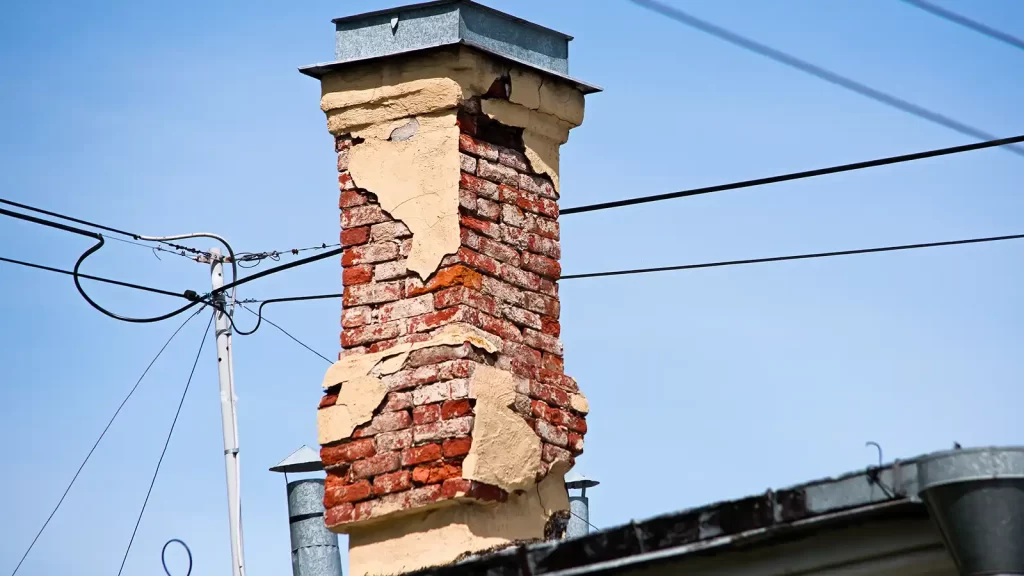
Masonry Damage: The bricks and mortar of your chimney are porous, which means they can absorb water. When water is absorbed, it can freeze and expand during cold weather. This expansion exerts pressure on the masonry, leading to cracks and fissures. Over time, these cracks can grow, compromising the structural integrity of the chimney.

Rust and Corrosion: Many chimneys have metal components, such as flue liners and dampers. When water enters the chimney system, it can cause these metal parts to rust and corrode. Rust weakens the metal, making it more prone to damage and failure. Damaged flue liners can allow dangerous gases like carbon monoxide to enter your home.
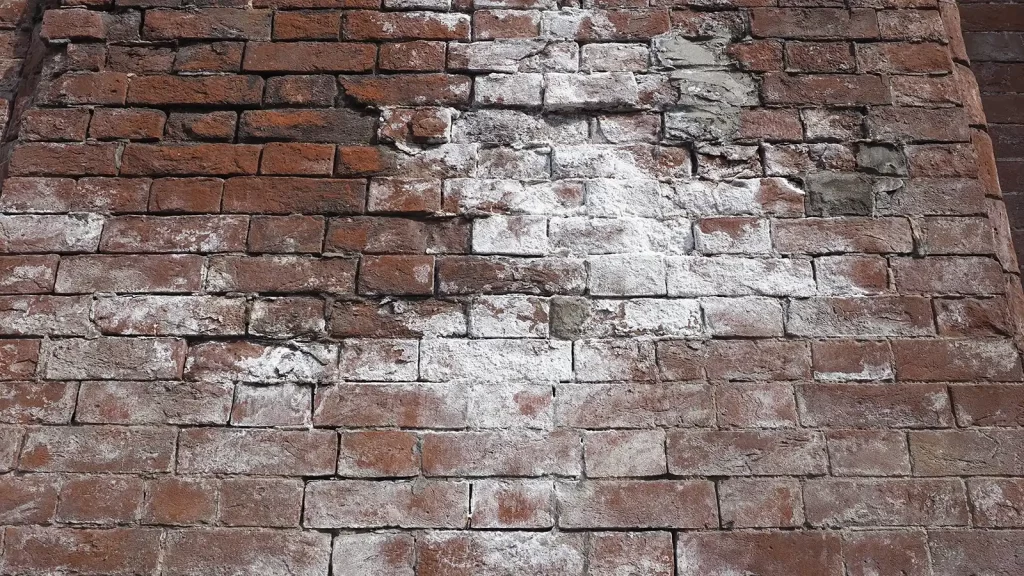
Efflorescence: Efflorescence is the white, powdery substance that often appears on masonry surfaces. It occurs when water carries dissolved salts from the masonry to the surface, where it evaporates and leaves behind these salts. Efflorescence not only mars the appearance of your chimney but can also indicate ongoing water damage.
Creosote Buildup and its Consequences
Another significant threat to your chimney’s health is creosote buildup. Creosote is a highly flammable substance that forms during the combustion process. When smoke and gases exit your fireplace or heating appliance and meet the cooler interior of the chimney, condensation occurs. This condensation contains creosote, which sticks to the chimney’s interior.
Creosote comes in three stages:
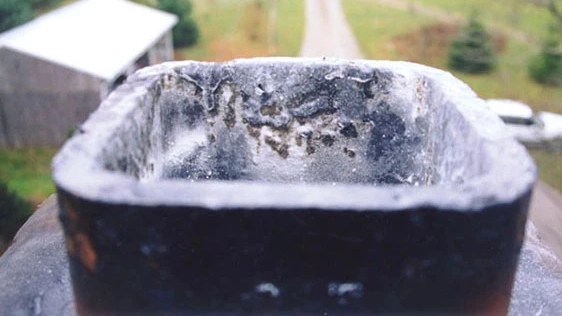
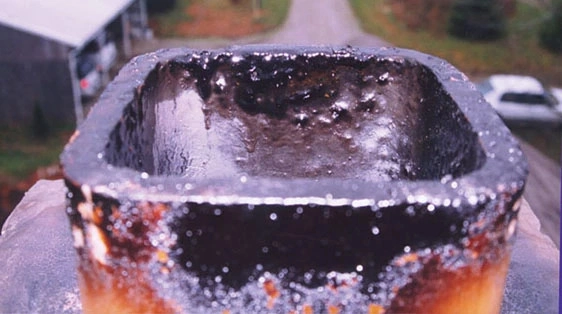
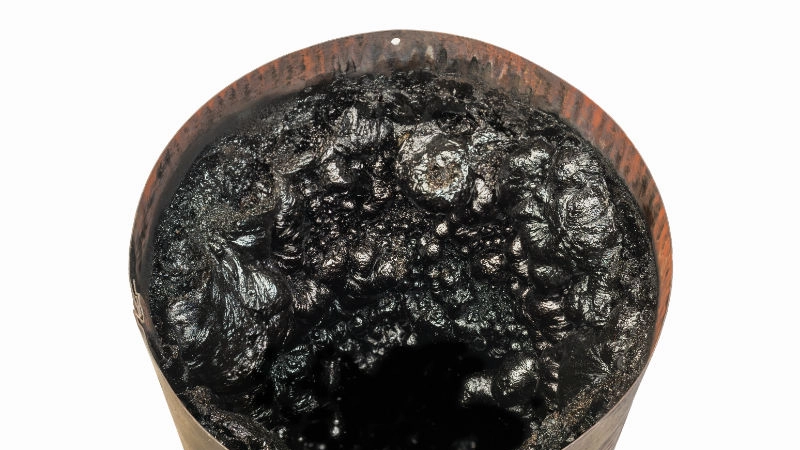
Creosote buildup has several adverse effects on your chimney:
- Fire Hazard: Stage 3 creosote is highly combustible. If ignited, it can result in a chimney fire, which can quickly spread to the rest of your home.
- Blockages: Even in its earlier stages, creosote can create blockages in the chimney flue. Blocked flues hinder the proper venting of smoke and gases, increasing the risk of carbon monoxide poisoning.
- Efficiency Reduction: A creosote-coated chimney is less efficient at venting smoke and gases. This inefficiency can lead to poor combustion, increased energy consumption, and the release of harmful pollutants into your home.
Given the risks associated with creosote buildup, regular chimney inspections and cleanings are vital to ensure the safe and efficient operation of your fireplace or heating appliance.
Extending Your Chimney’s Lifespan
How many years does a chimney last? The lifespan of a chimney can vary based on a multitude of factors such as materials used, climate conditions, and maintenance. Some chimneys can last up to 100 years, subject to constant monitoring and inspections, while others can begin to deteriorate after just 20 years. However, the average lifespan of a well-maintained chimney is around 50-60 years. Therefore, it is crucial to maintain your chimney regularly to extend its lifespan.
Essential Maintenance Practices
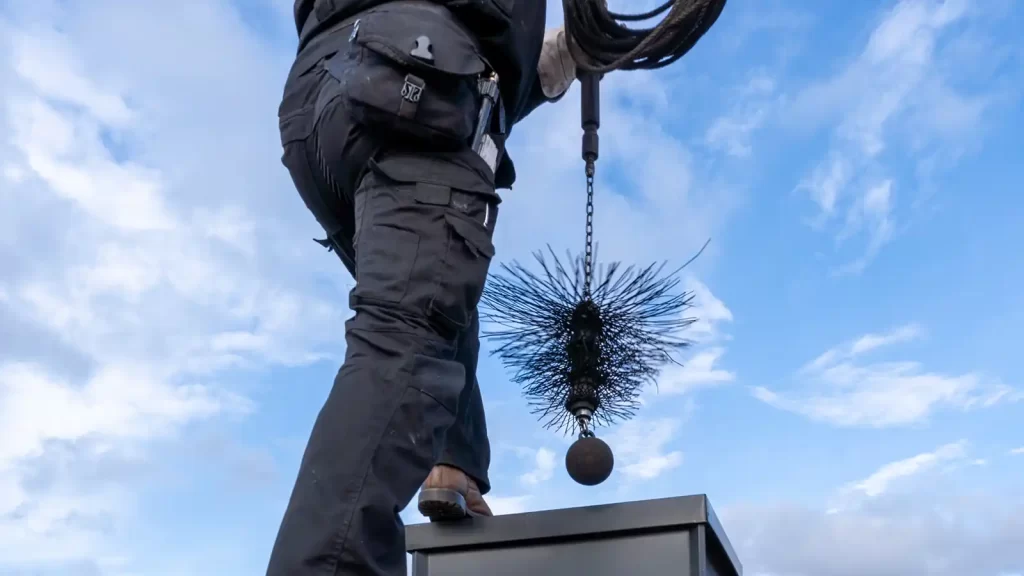
To maximize your chimney’s lifespan and keep it in top condition, consider the following maintenance practices:
- Annual Inspections: As previously emphasized, annual inspections by a professional chimney sweep are essential. These inspections catch any issues early, allowing for prompt repairs and preventing more extensive damage.
- Regular Cleanings: Chimney cleanings should be part of your maintenance routine. Regular cleaning removes creosote buildup and ensures your chimney functions efficiently. The frequency of cleaning may vary depending on your usage, but it’s typically recommended every 1-2 years.
- Waterproofing: Applying a waterproof sealant to your chimney can significantly reduce moisture-related damage. Waterproofing creates a barrier that repels water, protecting your chimney’s masonry and metal components.
- Flue Cap Maintenance: Ensure that your flue cap is intact and in good condition. A damaged or missing flue cap can allow water, debris, and animals to enter your chimney, leading to various problems.
- Regular Use: Surprisingly, using your fireplace regularly can help maintain your chimney. When you burn fires, the heat helps dry out any moisture that may have penetrated the chimney during wet weather.
- Animal Guard Installation: Chimneys can become home to unwanted guests, such as birds and squirrels. Installing animal guards on your chimney caps can prevent these critters from entering and potentially causing blockages or damage.
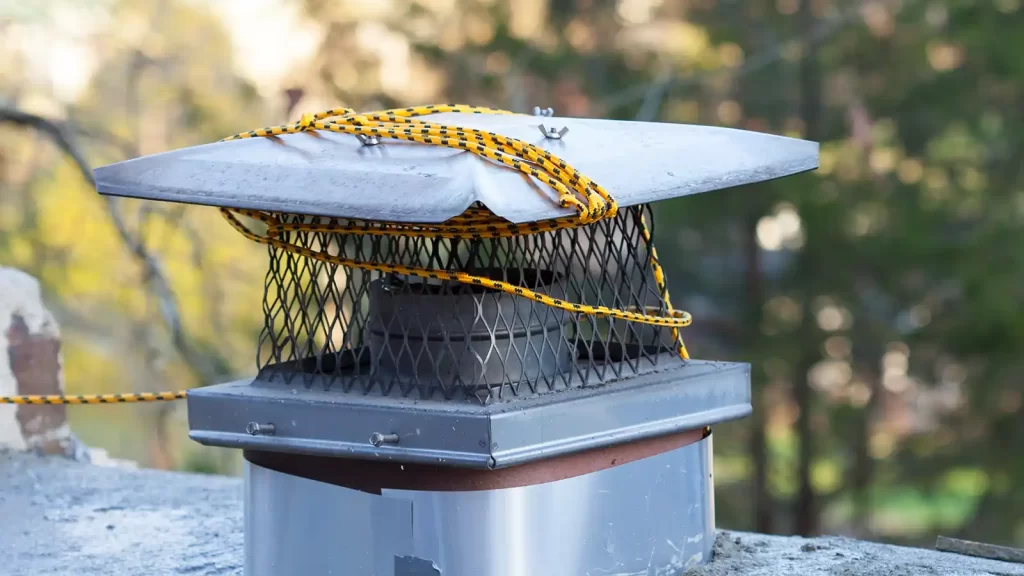
Fall is the best time for Chimney Maintenance & Care
In conclusion, autumn/fall is the ideal season to prioritize chimney maintenance. Regular inspections, repairs, and cleaning can prevent potential hazards and ensure your chimney lasts for years to come. With winter just around the corner, be sure to schedule a professional chimney inspection this fall to keep you and your home safe. Don’t wait until it’s too late! By maintaining your chimney, you’re not only preserving a valuable asset but also ensuring the safety and comfort of your home during the colder months.
